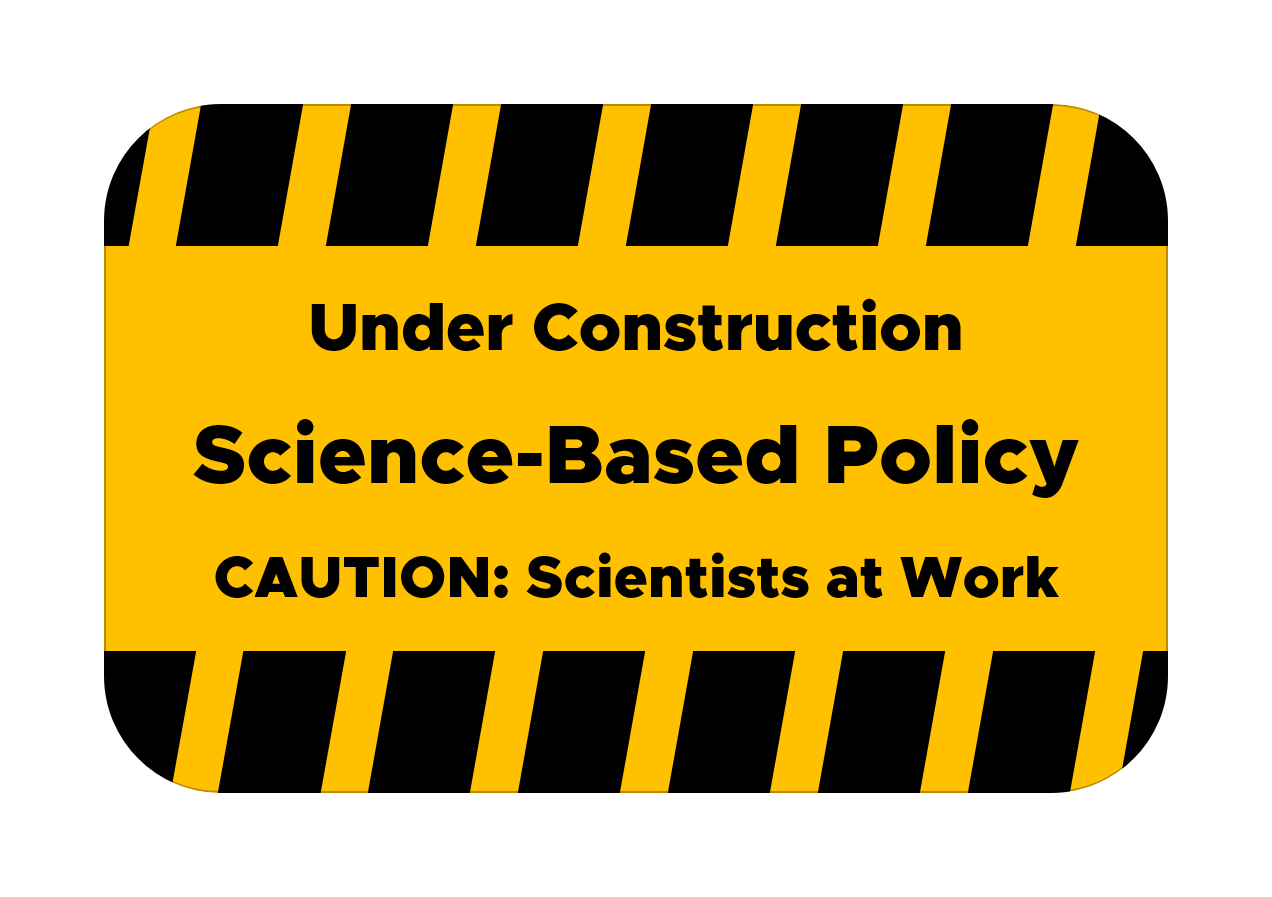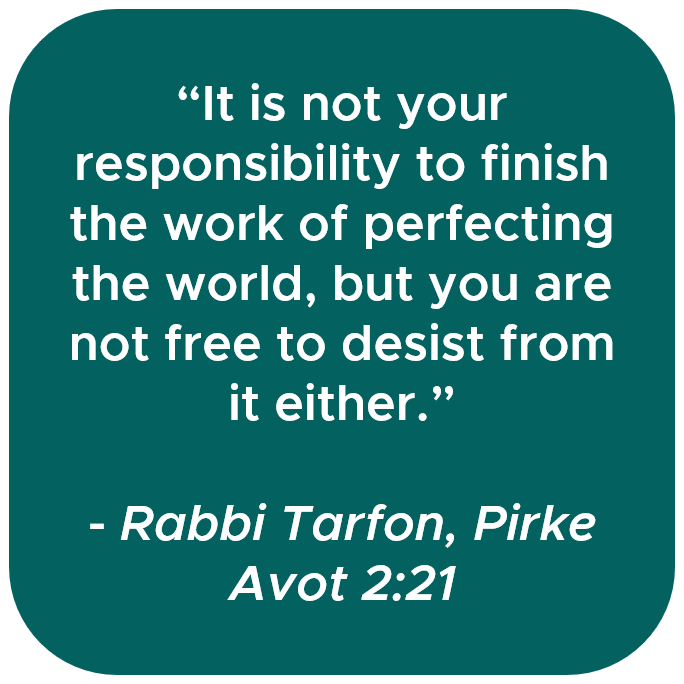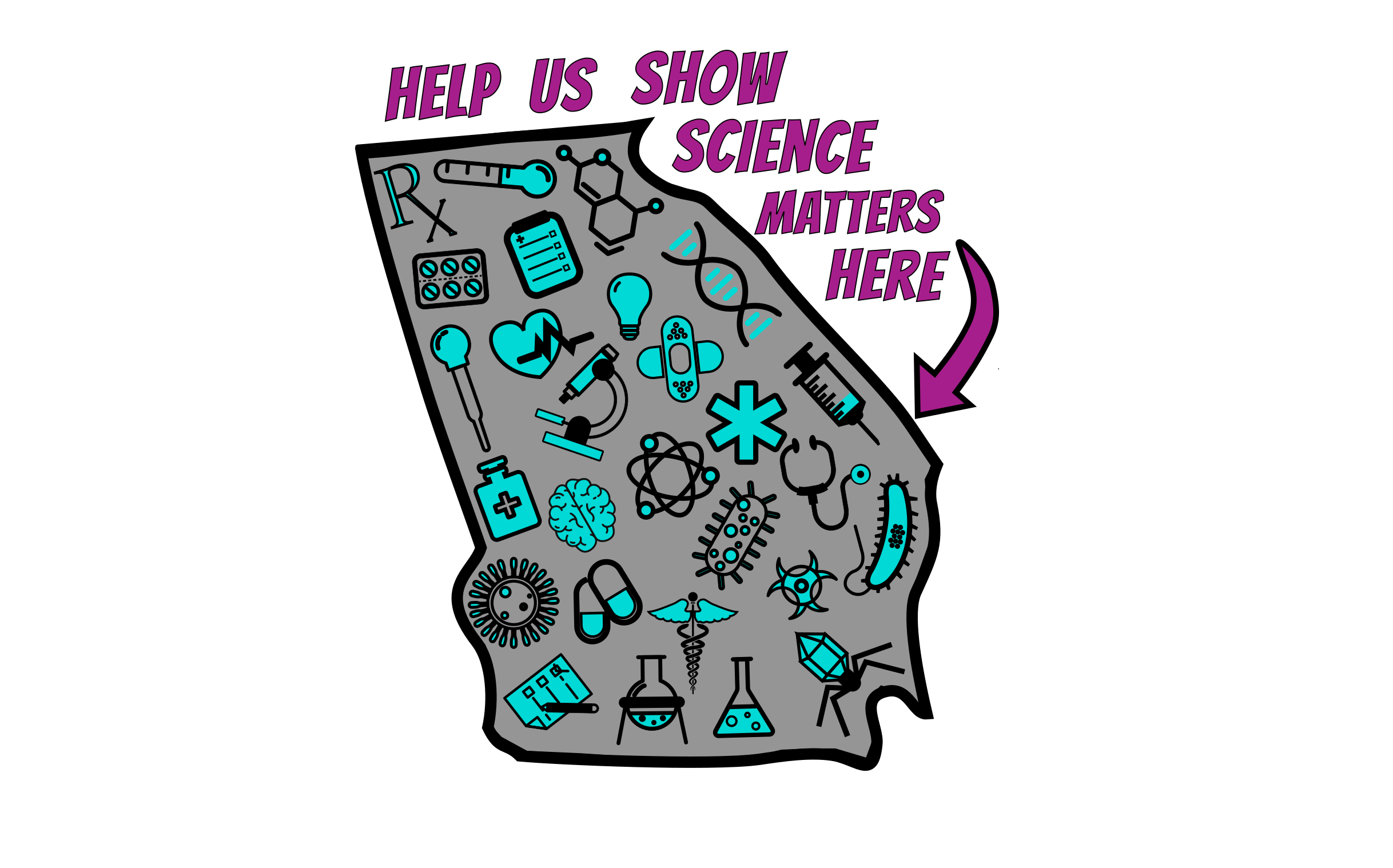January was a series of significant Wednesdays. Its hard to write anything else without mentioning…

Audience First Communication
If a person has a good idea, but doesn’t share, does it have an effect?
There is a reason that bad ideas with good marketing outsell good ideas with bad marketing. Many people see Steve Jobs as a visionary and Bill Gates as a mobster, but Bill Gates spends billions of his own money to help humanity. Nikola Tesla and Thomas Edison both invented numerous things that changed our lives, but Tesla died penniless and Edison is taught in history and science books to this day.
The winners embraced communicating.
I have a degree in Biomedical Engineering. When I was in college my senior design class was focused on building devices for children with disabilities. In this class we applied our engineering training to help people. Our professor focused on three things: proper engineering/scientific methodology, ethics, and communication skills. All three subjects had equal weight. To be a good engineer you had to be a meticulous scientist, make decisions ethically, and share your knowledge. People first engineering.
There was plenty of outside-of-class training. My university mandated ethics training via professional development classes. Most classes had an oral presentation or written report component to projects. However, without the influence of my high school English teachers and my father’s red pen, my communication skills would be dreadful.
We are doing our future workforce a disservice if we don’t fold communications and ethics into all subjects.
Nothing beats the persuasive hamburger essay and the scientific paper outline (introduction, methods, results, and conclusions). These outlines do not account for practical application, empathy, or ethics. Every time a person sits down to write a presentation, paper, or report, he/she should ask three key questions:
- Make it relevant. Who is your audience and why should they care about this? Knowing who your audience is and what they care about will help you frame the topic you are addressing.
- Make it concise. If you could tell your audience one thing what would it be? Identifying your main argument or point is key to creating a clear and concise message crafted for your audience.
- Make it actionable. What are the implications of this research for your audience? Understanding your audience will help you focus on how your audience can use this information in their own lives.
These questions frame the topic in an audience first way, clearly identify the problem, and provide solutions for the target audience. Papers, reports and presentations then go beyond reporting of facts to drivers of action.
Ideas and knowledge don’t exist in a vacuum. Newton saw further by standing on the shoulders of giants- he had the means and opportunity to sift through obtuse science journals. Imagine how much further we’d be a society if research findings and great ideas were openly and accessibly communicated. Imagine how much better our professional lives would be if we avoided communication issues and misunderstandings. If PowerPoint presentations were not an exercise in boredom, and instead had clearly identified main points that drove people to action?
Science for Georgia is developing “audience focused communication training” to people of college age and up. We are happy to provide free communication training in exchange for feedback on our current content. We are also searching for help in adapting this content to middle- and high-school students. If you are interested in helping us develop this course, please reach out at [email protected].



